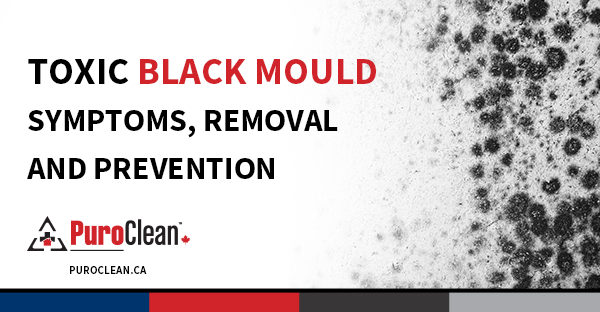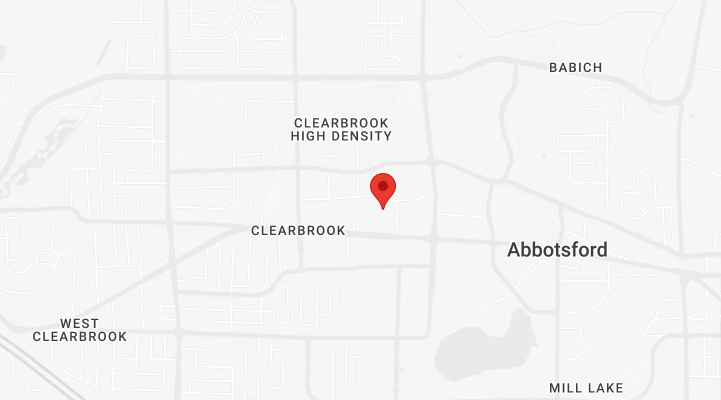Toxic Black Mould – Symptoms, Removal and Prevention
 Black mould, sometimes called toxic black mould, is a type of fungi that grows everywhere (indoors and outdoors) and feeds on organic matter. Although moulds are beneficial outdoors, helping with the decomposition of organic matter, they can be harmful in homes and properties. Exposure to black mould can cause various allergic symptoms and surfaces affected by black mould can be damaged.
Black mould, sometimes called toxic black mould, is a type of fungi that grows everywhere (indoors and outdoors) and feeds on organic matter. Although moulds are beneficial outdoors, helping with the decomposition of organic matter, they can be harmful in homes and properties. Exposure to black mould can cause various allergic symptoms and surfaces affected by black mould can be damaged.
Black Mould Exposure Symptoms
Long-term exposure to toxic black mould mycotoxins may cause various symptoms to individuals. Symptoms include respiratory problems, sneezing, itchy eyes, nose and throat, headaches, skin and eye irritation, coughs, and more. Toxic black mould exposure can cause over 30 health problems, such as skin infections, flu-like diseases and pneumonia. This is why it can be very dangerous to ignore toxic black mould in homes and properties.
Where Does Black Mould Grow in Homes and Properties?
Toxic black mould typically grows in warm and damp areas, after a flooding event or due to leaks in the roof, cracked pipes, or other moisture sources. The most common areas in a home where toxic black mould grows are the basement, bathroom, and the kitchen. Toxic black mould can grow on many building materials in a home, as it needs materials high in cellulose and low in nitrogen, such as walls, drywalls, wood, etc.
Black Mould Removal
In general, surfaces larger than 1 square meter require professional mould removal services. However, if the affected area is less than 1 square meter, the property owners can choose to remove the mould themselves. The water leaks must be fixed first, and then the area must be dried. To remove black mould, a brush and a mixture of household detergent and water (or a commercial mould removal product) can be used. It’s important to wear protective gear such as goggles, dust mask, protective clothing and gloves. More general mould removal tips can be found here.
Black Mould Prevention
Preventing toxic black mould in homes is a matter of controlling the moisture levels and keeping the home dry. Leaks in the walls, roof, gutters and plumbing pipes should be fixed and indoor humidity must be kept at 30-50%. Another factor that leads to black mould growth is condensation that can be prevented by reducing humidity and ventilating appliances that generate moisture. Mould-resistant paint, drywall and sheetrock should be used or repaired. More black mould prevention tips are available here.
Check back with us to learn more valuable tips for mould prevention and remediation, such as tips to remove mould in the bathroom, basement and kitchen. The PuroClean team stands ready to provide professional restoration services to any property affected by fire, water or mould damage.
Follow us on Twitter, Facebook, Google+ and LinkedIn to get our notifications!


